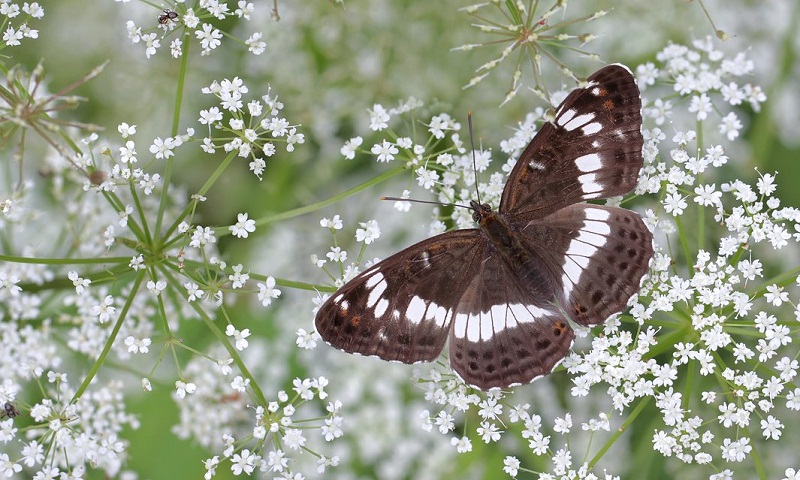UK butterflies worst hit in 2016 with 70% of species in decline, study finds

Mild winter, cold spring and late summer lead to fall in numbers as 40 of 57 species struggle to cope with fluctuating weather. Butterflies in the UK have suffered one of their worst years on record, with 70% of all species experiencing a decline in numbers over the past year, according to conservationists. The annual UK butterfly monitoring scheme (UKBMS) found that 40 out of the 57 species studied saw numbers drop between 2015 and 2016, making 2016 the fourth worst year on record for the insects. The results were even worse when the UK’s three migratory butterfly species, the red admiral, clouded yellow and painted lady – whose numbers are dependent on weather in Europe – were excluded from the study. Leaving out those species makes 2016 the second worst year on record for butterflies in Britain. Experts said the bad news was the result of a mild winter and a cold spring – both of which can be harmful to butterflies. The largely pleasant summer weather, which is normally ideal for butterflies, came too late to make up for the damage done earlier in the year. “They’re very sensitive to weather and environmental change,” said Professor Tom Brereton, head of monitoring at Butterfly Conservation. “So they can respond quickly to positive conservation , but they can get knocked back by the weather and the weather’s been quite unpredictable really.” Brereton said milder winters were harmful for butterflies because of the increased rate of diseases, predation and the disruption of overwintering behaviour – for example, butterflies or caterpillars emerging from winter hibernation too early and then being killed when cold weather returns. Cold springs were damaging because they limited the ability of butterflies to fly, meaning they cannot breed and lay eggs. British Butterflies have experienced serious long-term decline since the UKBMS started in 1976, with roughly 60% of species affected. The study involves thousands of volunteers collecting data through the summer and involves monitoring 57 out of the UK’s 59 butterfly species. Two butterfly species that live in remote parts of Scotland are left out.

